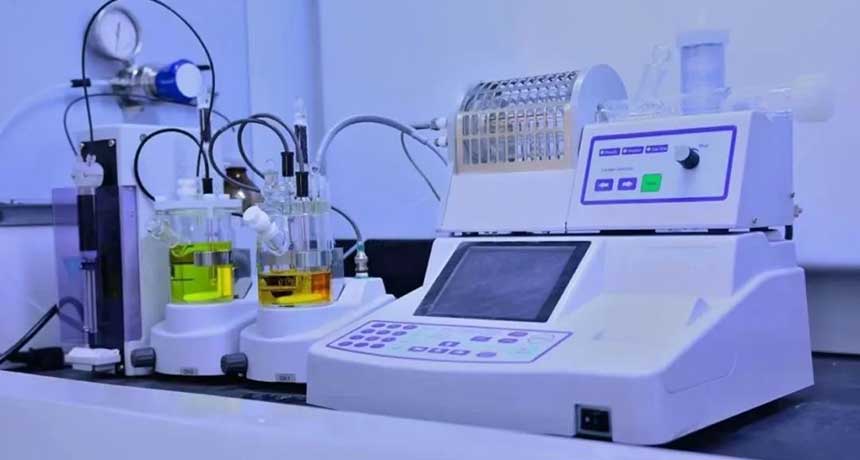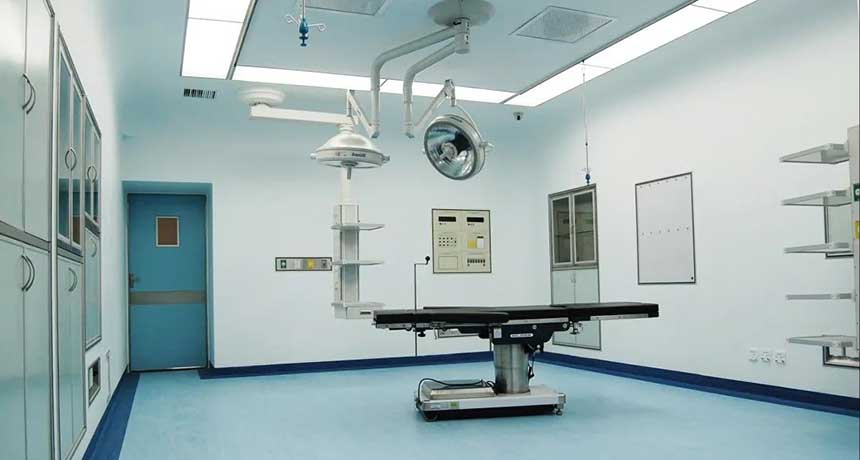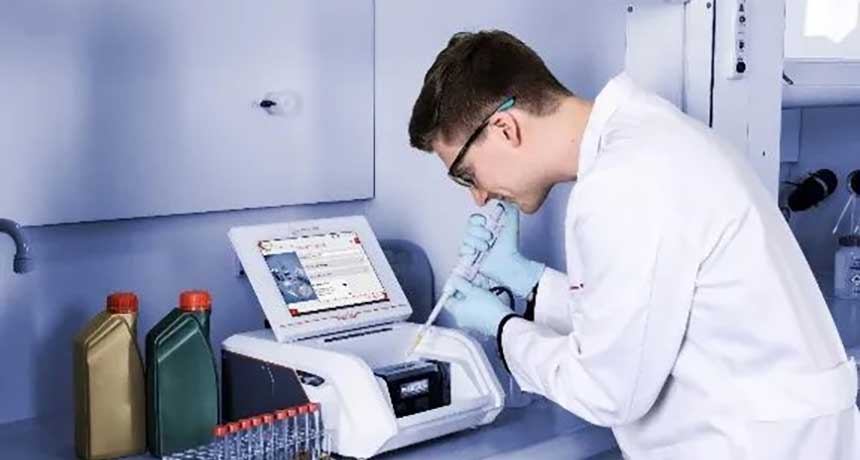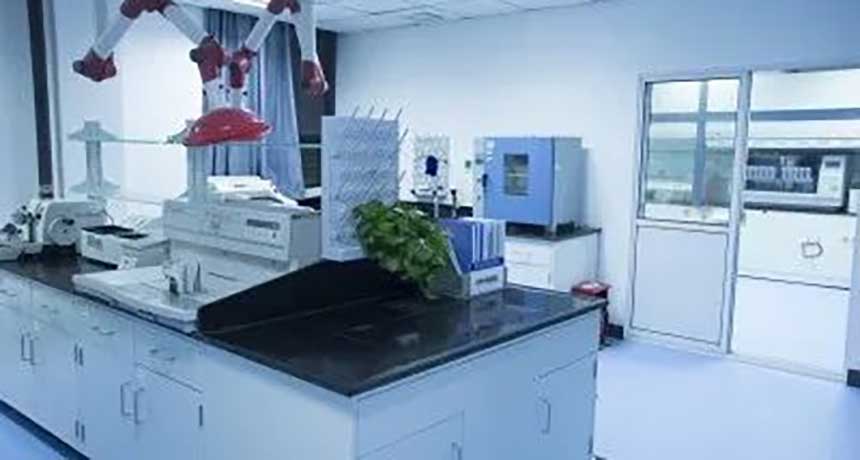Medical oxygen refers to the use of cryogenic separation methods to separate oxygen in the atmosphere to supply oxygen for medical treatment of patients.
The national purity standard for bottled medical oxygen is ≥99.5%. The country does not stipulate medical oxygen standards for the oxygen produced by oxygen generators. Regardless of whether the oxygen generator uses molecular sieve oxygen or oxygen-rich membrane oxygen, the oxygen purity is lower than bottled medical oxygen. When using an oxygen concentrator to inhale oxygen, be sure to open windows for ventilation or connect the air sampling tube of the oxygen concentrator to the outdoors to increase the oxygen concentration.
1. Precautions for medical oxygen cylinders
1. The ambient temperature when using oxygen bottles shall not exceed 40°C. It should be placed in a cool place away from heat sources, fire and flammable and explosive items.
2. The pressure inside the bottle is high, so avoid collision, throwing and dropping when handling it; avoid direct exposure to strong sunlight.
3. The oxygen pressure reducer and cylinder should be strictly prohibited from being contaminated with oil to avoid direct exposure to strong sunlight.
4. It is forbidden to paste rubber products such as adhesive tape as a liner to avoid fire and completely burning out the pressure reducer.
5. The oxygen pressure in the cylinder shall not be lower than 0.05MPa.
6. If the product fails, it cannot be used or disassembled at will. Please contact the center in time.
7. According to the time stamped on the shoulder of the bottle, the cylinder needs to be inspected every three years. If the inspection period of the cylinder has expired, please contact us in time.
2. Safety matters you need to pay attention to during oxygen inhalation
1. The gas cylinder switch should be opened and closed slowly and do not use excessive force.
2. When opening the gas cylinder valve, the air outlet of the cylinder valve must not be pointed at people.
3. When stopping use, first close the oxygen cylinder valve, exhaust the remaining gas in the pressure reducer, and then close the flow adjustment switch.
4. When installing the pressure reducer, please slightly open the oxygen cylinder valve and blow off the dirt to prevent dust and moisture from being brought into the pressure reducer.
5. Pure oxygen is flammable when exposed to oil, so do not use oily hands to twist the screw, and do not apply oil on the oxygen meter and the screw mouth.
3. Use and maintenance of humidification bottles
1. The closing direction of the humidification bottle is: clockwise to loosen and counterclockwise to tighten.
2. The water level of the humidification bottle: Medical oxygen is relatively dry. Inhaling dry oxygen for a long time will cause moisture loss in the nasal mucosa and respiratory tract. A humidification bottle can increase the humidity of the gas and ensure that it does not damage the nasal mucosa and respiratory tract. The water level in the humidification bottle should be between 1/3 and 2/3. When the air humidity is high, the amount of water can be appropriately reduced, and when it is dry in winter, the amount of water can be appropriately increased.
3. Drinking proper water before inhaling oxygen can improve the dry throat caused by oxygen inhalation in some oxygen inhalers.
4. Water source for humidification bottles: Distilled water or saline water is the best choice for the water in the bottle, followed by cool boiled water. The standard is that it is safe for people to drink. The water change cycle is once a day.
5. Water-alkali in the humidification bottle: After long-term use, humidification bottles sometimes have water-alkali attachments on the bottle wall, which can become a breeding ground for microorganisms that harm the human body. In this case, it should be cleaned in time. If the attachment is not easy to remove, you can add a little vinegar to soak it and then clean it.
6. The oxygen tube is led from the dehumidification bottle and connected to the nasal tube for the patient to inhale oxygen. The nasal cannula should be kept clean with clean water after each use.
4. Oxygen Inhalation Failure Treatment Failure Causes and Solutions
The oxygen usage time is shorter than the scheduled time. When using the oxygen supplier, the pressure reducer flow adjustment is too large. Adjust to the appropriate flow rate as needed during use. The oxygen cylinder door is not completely closed, causing leakage. When deactivating, close the oxygen cylinder. valve.
There is water in the oxygen suction tube. Too much water was added to the humidification bottle. The excess water was poured out, causing the water to fall below the upper limit of the water level. The air inlet and outlet pipes of the humidification bottle were connected in reverse. Connect the humidification bottle and the oxygen suction tube correctly. Adjust the flow rate. If it is too large, adjust it to the appropriate flow rate as needed. When inhaling oxygen, the amount of bubbles in the flow meter and humidification bottle is normal, but the amount of air in the nasal congestion is very small.
The humidification bottle liner is not installed properly or is damaged. Reinstall it. If it is damaged, it needs to be replaced. The connection of the oxygen inhalation pipe is loose or damaged and leaking.
If scale appears due to lack of cleaning and water changes for a long time, replace the water every day instead of adding water to the cup. The longest period should not exceed one week. If the water quality is not up to standard, add distilled water, purified water, or cold boiled water. Do not use mineral water or tap water. The water quality is moldy. If it is not used for a long time, the water should be poured out. Dilute 84 disinfectant and pour it into a cup to soak for several hours until the dirt disappears, then rinse.
5. Oxygen concentration and time
1. Control the oxygen outflow between 0 and 1.5 liters/minute (the concentration of inhaled oxygen is about 21% and 27%), and the oxygen inhalation time should not exceed 1 hour a day to prevent the generation of oxygen free radicals that are harmful to health), This health-care oxygen inhalation method is a broad-spectrum oxygen inhalation method with a flow rate of 1 liter/minute and is suitable for all people except infants and young children.
2. Since everyone’s physique is different and their demand for oxygen is also different, please follow your doctor’s advice to adjust the oxygen flow to no more than 3 liters/minute.
3. For middle-aged and elderly people, oxygen inhalation before sleeping has the best health care effect, and can effectively prevent accidents from happening at night or early in the morning (heart disease and cerebral thrombosis are most likely to occur at night and early in the morning).






